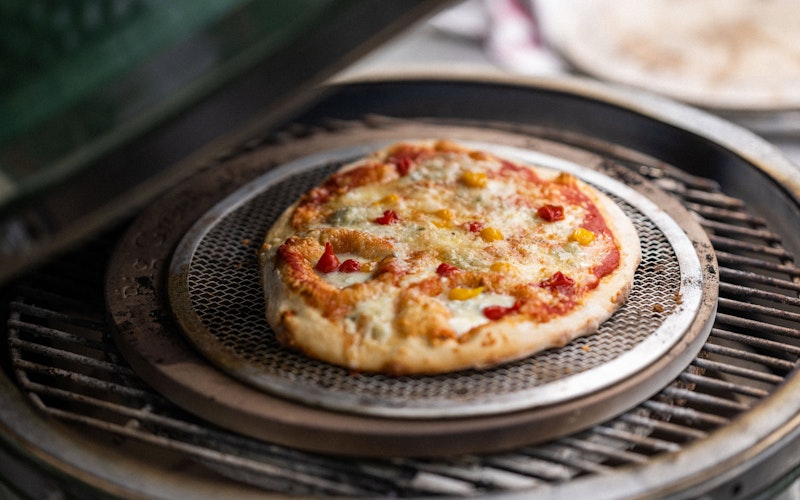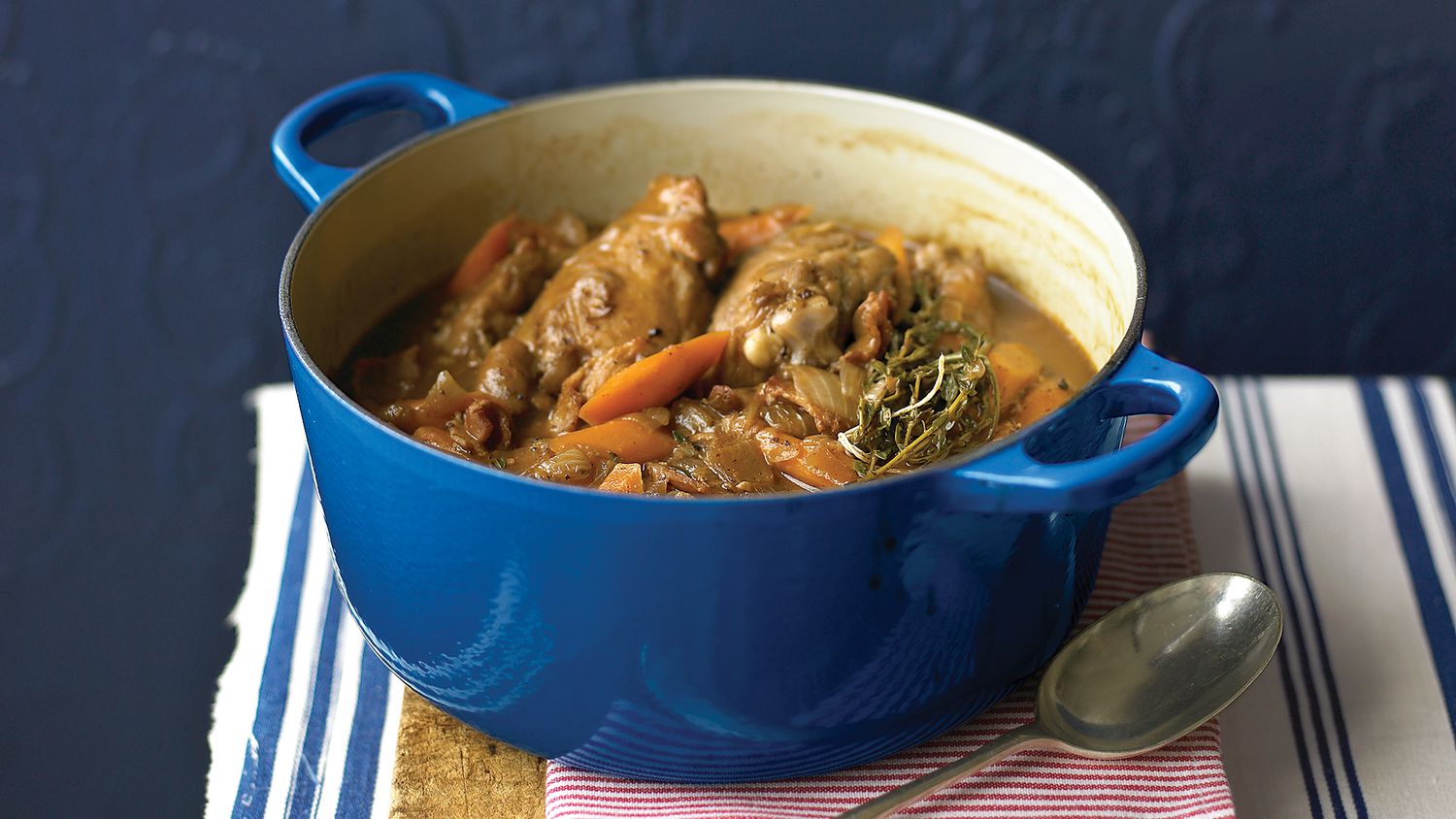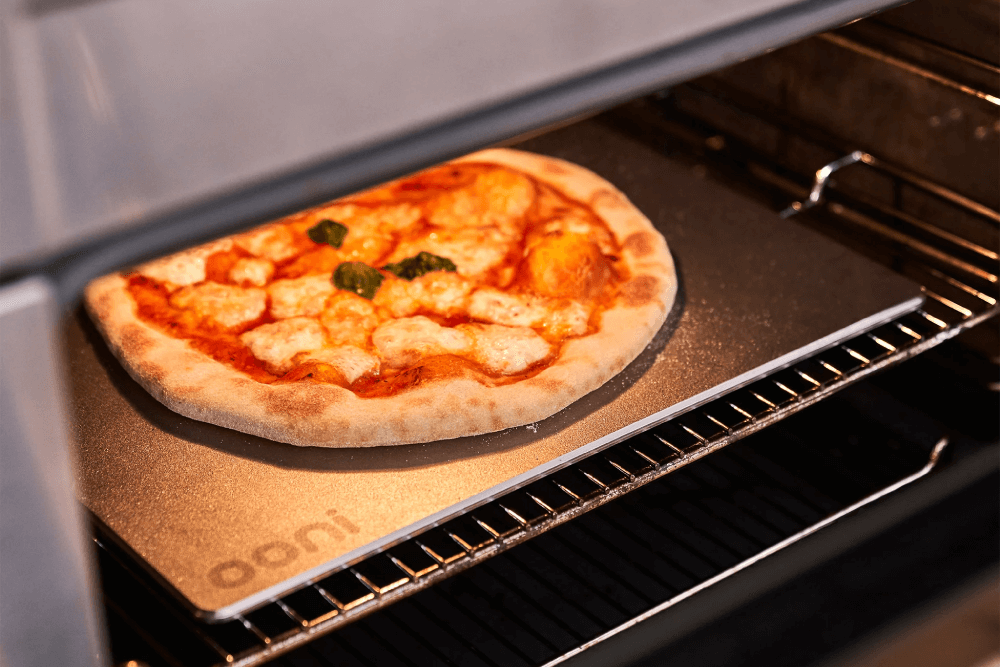For kitchen professionals, selecting the perfect baking stone can significantly influence the quality of their baked goods. A well-chosen stone can turn a regular dish into a masterpiece, thanks to its ability to absorb and radiate heat evenly. If you are keen on enhancing your culinary creations, understanding the different types of baking stones is essential. This guide will help you make informed choices and explore the various options available.
Why Baking Stones are Essential
Before diving into the specifics, its important to grasp why baking stones are quintessential tools for any serious kitchen. Their primary advantage lies in their heat retention and distribution properties. By maintaining a consistent temperature, baking stones ensure that baked goods cook evenly, eliminating the risk of undercooked centers or overbaked exteriors. This precision is crucial for professionals who strive for excellence with every dish.
For an in-depth comparison between different baking tools, explore this article on baking stone vs pizza steel.
Popular Types of Baking Stones
Cordierite Baking Stones
Cordierite stones are highly appreciated in the culinary community for their superior durability and excellent heat retention characteristics. Known for their ability to withstand high temperatures without cracking, cordierite stones are ideal for baking pizzas and breads at home or in a professional kitchen.
Clay Baking Stones
Clay baking stones are another popular choice, particularly favored for their natural ability to absorb moisture, resulting in crispier crusts. These stones are fantastic for artisanal bread recipes where texture and crust are crucial. However, they require careful handling to avoid breakage and usually need longer pre-heating times.
For more tips on how to properly use baking stones, check out our guide on baking stone temperature.
Steel Plates
Although not stones, steel plates have cemented their place in the world of baking due to their unparalleled heat conduction and recovery times. Professionals appreciate steel plates for their ability to produce consistent surface browning. If crust and texture are key considerations in your baking, a steel plate might be a superior choice.
Which Baking Stone is Right for You?
The choice of baking stone largely depends on the type of dishes you intend to create. Professionals seeking versatility might lean towards cordierite, while those focusing on rustic, crispy breads might favor clay. Understanding the nuances between these materials will guide you in choosing the best option suited to your specific needs.
Maintenance Tips for Baking Stones
Proper maintenance of baking stones is crucial to ensure their longevity. Avoid using soap on your baking stone as it can be absorbed into its porous surface, affecting flavor. Instead, use warm water and a brush. Be sure to handle your stone with care to prevent breakage and store it in a safe location.
To get comprehensive insights on maintaining your stone, you can explore baking stone safety tips.

FAQs on Baking Stones
How should I preheat my baking stone?
Preheat your oven to the desired temperature and place the stone in while the oven heats. This approach ensures even heat distribution without shocking the material.
Can I leave my baking stone in the oven?
Yes, you can leave the stone in the oven even when not in use. It helps maintain a consistent oven temperature and protects the stone from accidental impact.
Are steel plates a better alternative?
Steel plates can be a more efficient alternative when quick recovery time and excellent conductivity are priorities. They offer a different texture and crust quality compared to traditional stones.
To further understand how baking stones can amplify your culinary experience, explore the guide to using baking stones.
This article contains affiliate links. We may earn a commission at no extra cost to you.






Leave a comment
This site is protected by hCaptcha and the hCaptcha Privacy Policy and Terms of Service apply.